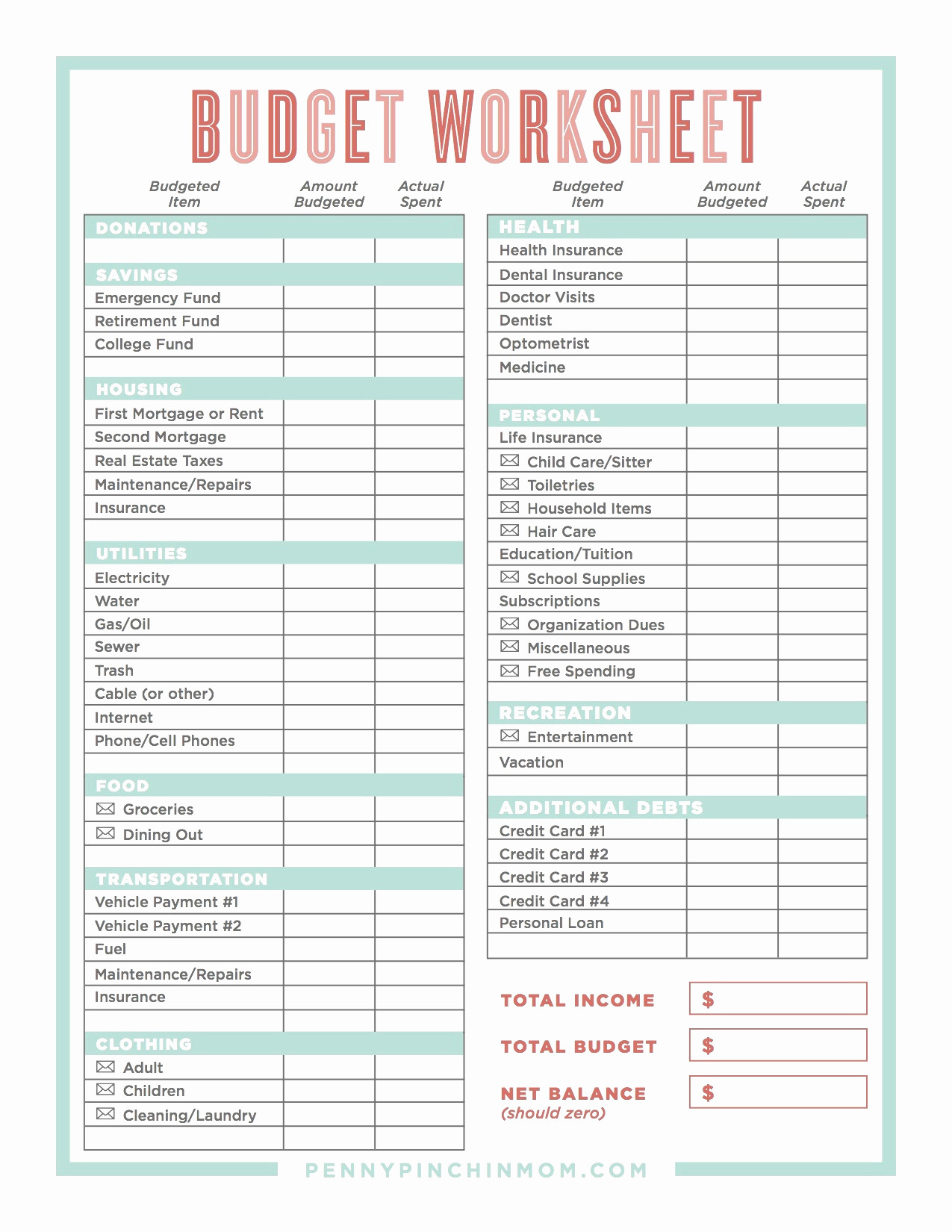

That said, transportation costs really vary based on where you are in the state: You’ll pay 8% above average in Sumter. Transportation includes things like gas, oil changes and car insurance costs-and in South Carolina, you’ll typically pay about 3% less for these things than the average American does.
Average monthly expenses for 1 in south carolina how to#
Oh, and if you find yourself paying too much for groceries because of where you live or how much your family eats, stay calm and learn how to save at the grocery store from our friend Rachel Cruze, the grocery-budgeting queen! You can expect to pay about 6% less than average there. Plot twist: Even though living in coastal cities often costs more than living inland, South Carolina’s cheapest groceries are actually in the beach city of Charleston. When you get to the checkout lane, you’ll pay prices that are right on par with the national average. In South Carolina, you can do your grocery shopping at Publix, Trader Joe’s or Piggly Wiggly (which is just fun to say). They’re cheapest on the west side of the state, near Georgia and the Appalachian Mountains. Generally, you’ll find that utilities in South Carolina are most expensive on the coast and in the state capital (Columbia). 13 But that jumps to $259 a month in Columbia-where utilities cost a whopping 30% above average. 12 So you’d be looking at a monthly energy bill of around $147. On the far west side of the state in Anderson, utilities typically run 8% below the national average. 11 But there’s a really wide range in how much utilities cost around the state. Utilities like electricity, water and natural gas cost 9% more in South Carolina than the average state. We recommend saving up to put at least 10% down-or 20% so you can avoid wasting money on private mortgage insurance.)Īnd that’s it! Once you complete those steps, you’re ready to go find your perfect South Carolina home. With a mortgage, you have some wiggle room. When you’re renting, the landlord will tell you how much money you owe up front, so you only have to save that much. Save up for a down payment or security deposit.Talk to our friends at Churchill Mortgage about finding a mortgage that fits your financial goals. But for home buyers, a 15-year fixed-rate conventional mortgage is the cheapest possible mortgage-and the fastest way to own your South Carolina home (unless you pay cash!). Okay, if you’re renting, this doesn’t apply to you. If it’s too expensive, keep looking until you find a place you can truly afford-without becoming house poor. Look, you may have your heart set on a particular neighborhood, but you don’t have to live there. For mortgages, that includes property taxes, all types of insurance, and homeowners association (HOA) fees. Our rule of thumb is to spend 25% or less of your take-home pay on housing. Whether you’re buying or renting, you can still approach housing costs the same way. How to Handle Housing Costs in South Carolina Let’s talk about the best way to pay for your dream home in South Carolina. But that doesn’t mean you should rush out and grab just any mortgage-or lease, for that matter. Homes are pretty affordable in South Carolina (well, minus Charleston). Rent prices in Sumter have likely gone up since 2020. ***This number comes from 2016–2020 census data, so it’s not as up-to-date as other rent prices in our list. **Median Monthly Rents refer to two-bedroom apartments. *Metro Areas include the city and surrounding urban and suburban areas. Check out the cost differences between these South Carolina cities: Of course, housing costs vary a ton depending on which city you live in. Monthly rent for a two-bedroom apartment was $1,165-nearly $140 less than the national median of $1,306.

5 That’s still well below the national median of $404,950.

In March 2022, the median home price in South Carolina was $330,708. 4 That’s just wild! Of course, housing prices have changed a ton in the past couple years, so let’s see what’s happening more recently. In 2021, the average home price in South Carolina was 22% below the national average. So what do all those numbers mean? Let’s dig into each category and find out. Anything above 100 means South Carolina is more expensive. Anything below 100 means South Carolina is cheaper than average in that category. On the index, the number 100 represents the national average cost of living. To learn about South Carolina’s cost of living, we looked at a cost of living index that compares hundreds of cities around the country. Find expert agents to help you buy your home.


 0 kommentar(er)
0 kommentar(er)
